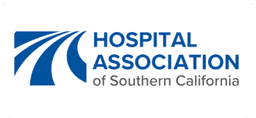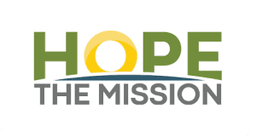
Third-party vendor risk management is integral in maintaining the safety of patient and candidate information, but it is often overlooked. This blog post will discuss the importance of third-party vendor risk management and how it can help protect your data.




© 2025 ExpedientVMS, LLC. All rights reserved.
Hello! 👋
I am Amaya. Is there anything I can help you with today?